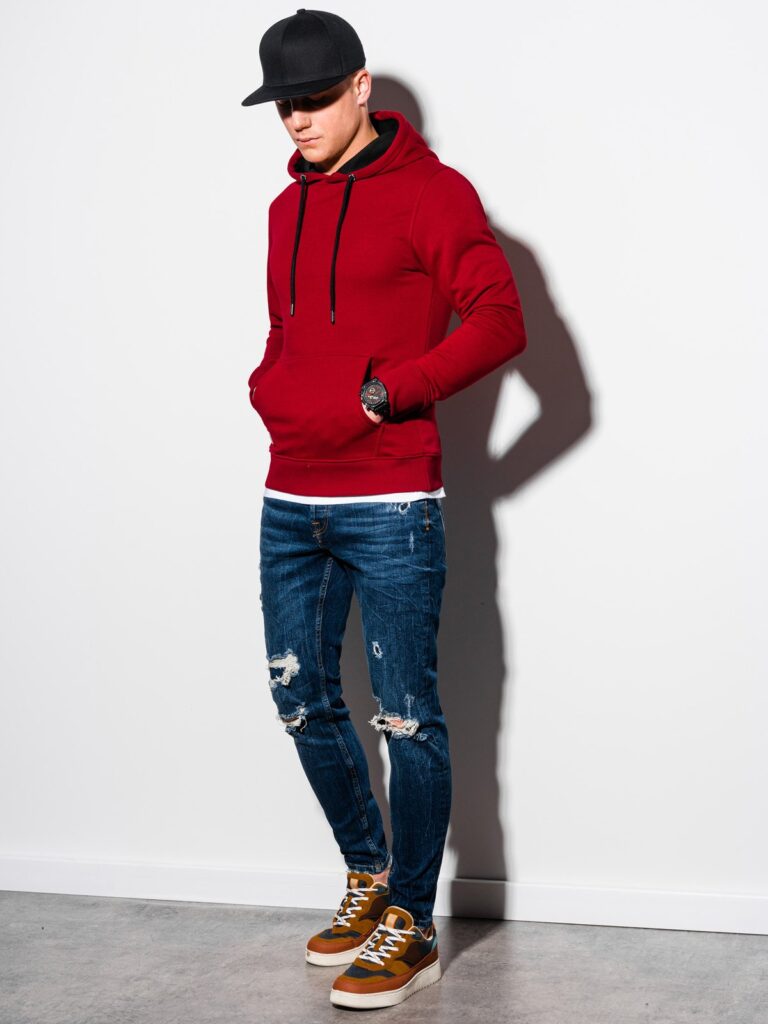Fast fashion has taken the world by storm, delivering trendy styles at jaw-dropping prices. But behind those seemingly unbeatable deals lies a darker story. The rapid production cycles and low-quality materials often result in what many are calling “junk clothing.” These brands flood our closets with items that quickly fall apart or go out of style, leaving us with a mountain of waste.
As consumers become more informed about these practices, it’s crucial to understand the impact of junk clothing brands on both our wallets and the planet. This guide will navigate you through the murky waters of fast fashion, shedding light on its consequences while exploring ways to make smarter choices for your wardrobe. Ready to dive into this essential topic? Let’s get started!
The Rise of Junk Clothing Brands
In recent years, junk clothing brands have surged in popularity. These brands capitalize on the fast fashion model, producing trendy pieces at breakneck speed and often low quality.
Consumers are drawn to their affordable prices and constant influx of new styles. This makes it easy to keep up with ever-changing trends without breaking the bank.
Yet, there’s a darker side to this phenomenon. Many of these companies prioritize profit over ethics or sustainability. As a result, environmental impacts are significant, from pollution to waste generated by discarded garments.
Social issues also arise—workers in developing countries face poor conditions while mass-producing these items for meager wages. The allure of accessibility clashes with the reality of exploitation inherent in many junk clothing brands.
This complex landscape shapes our shopping habits and raises critical questions about our choices as consumers.
Popular Junk Clothing Brands and Their Controversies
Fast fashion giants like Shein and Forever 21 are often labeled as junk clothing brands. They’ve gained notoriety for their rapid production cycles and ever-changing trends, enticing shoppers with irresistibly low prices.
However, these brands face backlash for poor labor practices. Reports of unsafe working conditions and meager wages have emerged from factories in developing countries. The ethical implications leave many consumers uneasy about their purchases.
Environmental concerns also plague these companies. The sheer volume of waste generated by fast fashion is staggering. Many items end up in landfills shortly after being worn, contributing to a cycle of overconsumption that’s hard to break.
Additionally, cultural appropriation issues frequently arise with some designs mimicking traditional garments without acknowledgment or respect. These controversies paint a troubling picture of the impact behind trendy styles offered at a bargain price.
How To Spot Junk Clothing Brands
Identifying junk clothing brands can be a straightforward process if you know what to look for. Start by examining the quality of the materials used. If the fabric feels flimsy or cheap, it’s likely a red flag.
Next, check for transparency in sizing and production practices. Brands that lack clear information about their manufacturing processes often prioritize profit over ethics.
Pay attention to price points. If something seems too good to be true—like a trendy dress at an unbelievably low cost—there’s usually a catch.
Look into customer reviews and brand reputation online. A brand with numerous complaints about durability or ethical concerns might not be worth your investment.
Observe marketing tactics; aggressive advertising and influencer promotions are common among junk clothing brands trying to lure customers quickly without regard for sustainability.
Sustainable Alternatives to Fast Fashion
Sustainable alternatives to fast fashion are gaining traction as consumers become more conscious of their choices. Thrift shopping is an excellent way to find unique pieces while reducing waste. Vintage stores and online thrift platforms make it easy to discover hidden gems.
Another option is to invest in sustainable brands that prioritize eco-friendly practices. These companies often use organic materials, ethical labor, and transparent supply chains. Supporting them not only helps the environment but also promotes fair trade.
Renting clothing for special occasions has also emerged as a popular trend. It allows you to enjoy high-quality garments without the commitment of ownership.
Consider upcycling your old clothes into something new. A little creativity can transform outdated items into stylish additions for your wardrobe—saving both money and resources in the process.
Tips on Building a Sustainable Wardrobe
Building a sustainable wardrobe starts with awareness. Assess what you already have before adding new items. This process helps you identify gaps and avoid unnecessary purchases.
Opt for quality over quantity. Invest in timeless pieces made from durable materials. They’ll last longer and reduce the need for frequent replacements.
Consider second-hand shopping as a viable option. Thrift stores, online marketplaces, and clothing swaps can yield unique finds while minimizing your environmental impact.
When shopping new, look for brands that prioritize sustainability in their practices. Certifications such as Fair Trade or organic labels indicate responsible production methods.
Don’t forget about versatility. Choose garments that can be styled in multiple ways to create various looks without crowding your closet.
Care for your clothes properly to extend their lifespan. Follow washing instructions carefully and repair rather than discard damaged items whenever possible.
Conclusion
The fashion industry is at a crossroads. As consumers become more aware of the implications of their purchasing decisions, the demand for transparency and sustainability grows stronger. Junk clothing brands may dominate the fast-fashion space with their trendy pieces and low prices, but they come at a cost that goes beyond just money.
By understanding how to identify these brands and recognizing their impact on our planet, we can make informed choices. Embracing sustainable alternatives allows us to support ethical practices while still expressing our individuality through style.
Each step toward building a sustainable wardrobe matters. From investing in quality over quantity to exploring second-hand options, every choice contributes to a larger movement against wasteful consumption.
As we navigate through this evolving landscape of fashion, let’s prioritize not only trends but also values that resonate with who we are as conscious consumers.



